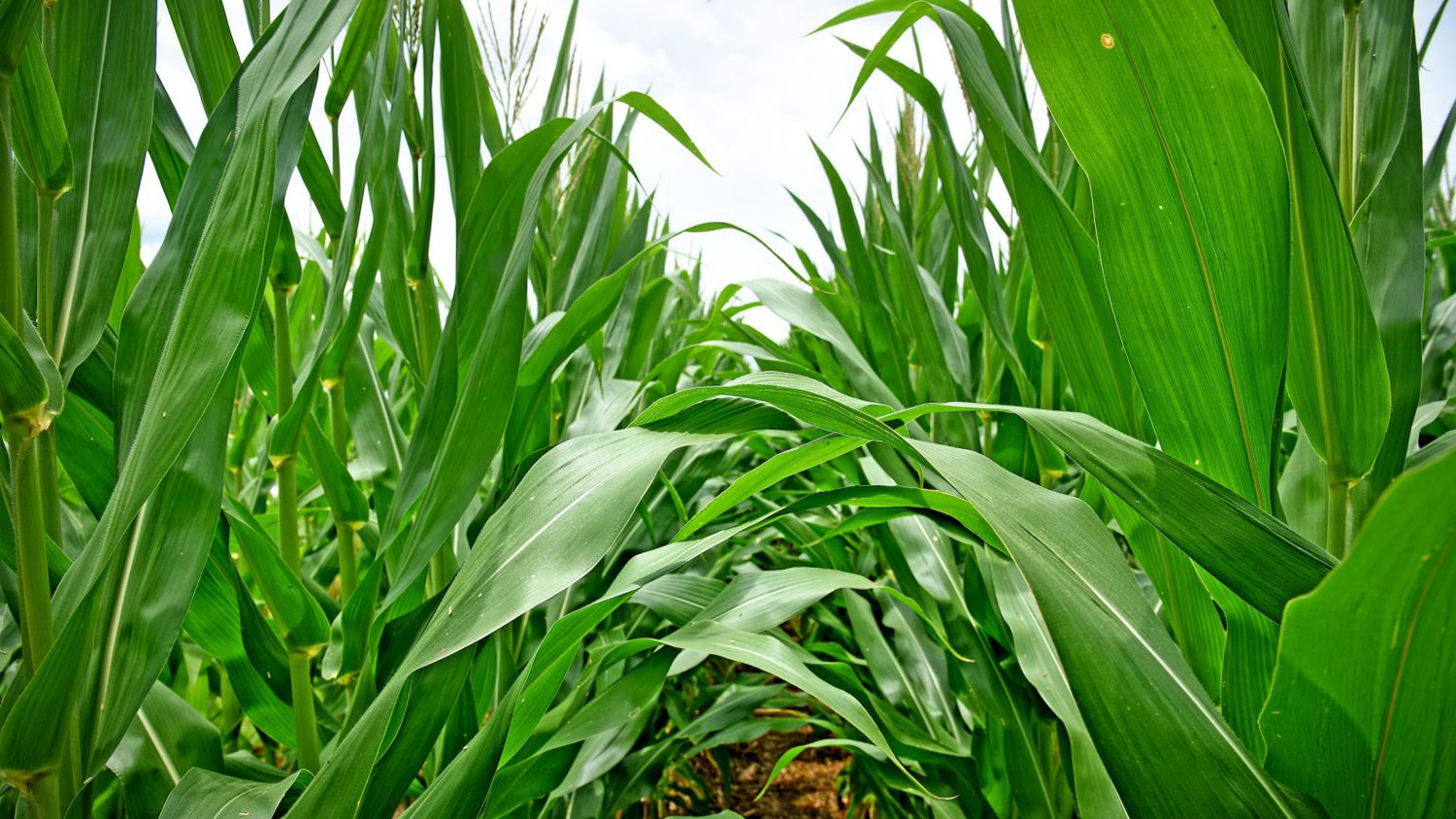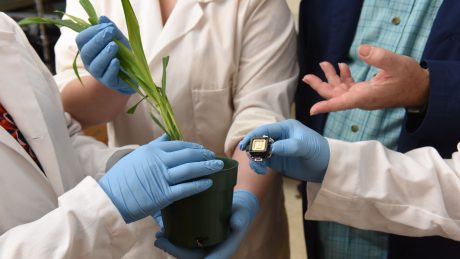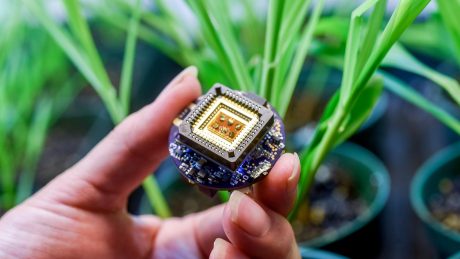NC State, SAS, Microsoft to Predict Plant Disease and Tackle Food Recalls

NC State, led by the North Carolina Plant Sciences Initiative (N.C. PSI), has teamed up with technology leaders SAS and Microsoft to tackle the complex challenges facing agriculture.
Several NC State research teams will use cloud and internet of things (IoT) services from SAS and Microsoft on several interdisciplinary projects. These projects include using big data and in-field sensors to improve the sustainability of agricultural systems, using big data to improve the profitability of sweetpotatoes, and using big data and small sensors to detect plant diseases before they cause big problems.

This collaboration will allow N.C. PSI researchers and students to use Microsoft FarmBeats’ IoT technology to stream real-time agricultural data to Microsoft Azure cloud, and SAS® Analytics will analyze the data to increase crop yields, combat plant pests and develop more resilient agricultural systems.
The collaboration is especially meaningful to SAS, which started as a result of an agricultural data analysis project at NC State.
“By giving NC State students the opportunity to work with SAS and Microsoft, we will help the next generation of technical talent grow their skills and expand their career opportunities, all while accelerating precision agriculture and improving efforts to safely feed a growing population,” said Oliver Schabenberger, SAS Chief Technology Officer and Chief Operating Officer.
Richard Linton, the dean of NC State’s College of Agriculture and Life Sciences, agreed that the collaboration between NC State, SAS and Microsoft would greatly accelerate NC State’s innovation in the area of data-driven plant science.
“To double food production by the year 2050, farmers need real-time information to make better decisions on what to plant, and when to apply nutrients, water, pest- and weed-control measures,” Linton said. “This is a key focus for researchers at N.C. PSI — to not only collect large amounts of crop and environmental data but to translate it into immediately accessible intelligence to improve harvest outcomes and agricultural sustainability.”
This collaboration builds on SAS and Microsoft’s recently announced partnership, which explores new ways to jointly bring to market AI and analytics solutions that combine both companies’ offerings to help their mutual customers accelerate innovation and transformation.
“Microsoft is committed to help accelerate agricultural research at NC State by combining our Azure high-performance and AI capabilities with SAS’ analytics,” said Jamie Harper, the vice president for education at Microsoft.
The collaboration is also an extension of SAS’ partnership with N.C. PSI, which aims to harness the power of big data to enhance agricultural research and train the next generation of plant science leaders.
Eavesdropping on plants to detect disease
One principle project in the area of data-driven plant science is led by Ralph Dean, a William Neal Reynolds professor of plant pathology.
His interdisciplinary team is working on developing and integrating an array of small sensors to detect plant diseases. Each sensor can detect different volatile organic compounds, sometimes called VOCs. Plants emit these compounds to communicate with each other, when injured or attacked by insects such as tiny thrips, so that their neighbors can mount a defense, Dean said.

Plants emit different combinations of VOCs depending on the pest or stressor, and by eavesdropping on this communication, scientists can detect diseases early, before significant damage has been done.
“By integrating sensors with different capabilities, we will be able to pinpoint specific diseases,” Dean said. “By detecting a disease before it becomes an epidemic, we can reduce crop loss and increase profitability. And this early detection will allow farmers to apply pesticides and fungicides in a more targeted manner, reducing those costs and environmental impacts.”
The sensors can be used to detect a host of diseases, from diseases that grow and spread on stored produce to diseases that attack crops in the field. The team’s first target is fungal diseases in corn. Corn is North Carolina’s third leading crop, after tobacco and soybeans, in terms of farm receipts. The first disease the team is looking at is Southern corn leaf blight. This disease is caused by a fungus that thrives in warm, damp regions, including North Carolina. The team will also look at other fungal diseases that impact corn yields, such as Southern Rust and gray leaf spot disease.
Using SAS’s data-analytics pipeline, Viya, and Microsoft Azure, the team will be able to collect, process, integrate and analyze the information from their VOC sensors, as well as information from other sensors and possibly even satellite imaging systems, Dean said.
“What we would like to eventually do is have multiple sensors distributed around a field or an orchard collecting data in real time,” Dean added. “But processing and integrating different types of data from the sensor system will require a more sophisticated platform than we currently have. That’s where SAS and Microsoft come in. Their platforms will allow us to manage and analyze extremely large data sets.”
Help accelerate plant science innovation.
- Categories:


